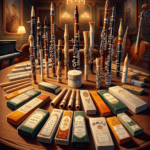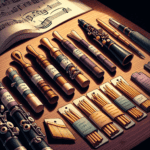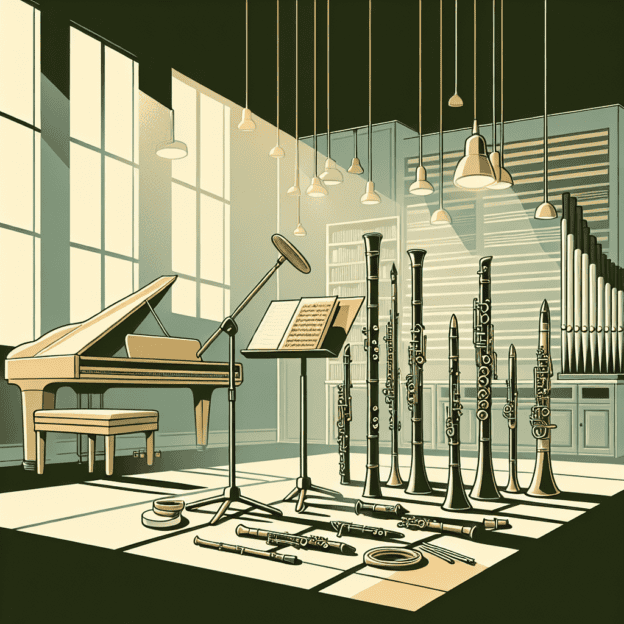Finding the Right Reed Strength: A Clarinetist's Journey
When playing the clarinet, finding the right reed strength consistency is like trying to hit a moving target. Every player has their unique preferences, and it takes a little trial and error to determine what works best for you. It's not just about picking a reed off the shelf; understanding how reed strength can impact your overall sound is key. Whether you're new to the clarinet or have been playing for years, grasping the strengths and weaknesses of your reeds can elevate your play to whole new heights.
Understanding Reed Strength
Reed strengths typically range from 1 (soft) to 5 (hard), and choosing the right one can be challenging. It can depend on various factors like your mouthpiece setup, your personal playing style, and even the climate you're in! If you're in a humid area, for instance, softer reeds may soak up moisture and become less responsive. So, one size doesn't necessarily fit all!
| Reed Strength | Characteristics | Best For |
|---|---|---|
| 1-2 (Soft) | Easy to play, less resistance | Beginners, players with softer embouchures |
| 2.5-3.5 (Medium) | Balanced tone, moderate resistance | Intermediate players, versatile for various styles |
| 4-5 (Hard) | More resistance, brighter tone | Advanced players, stronger embouchures |
Consistency Issues and Solutions
A big issue for many players is consistency. Some reeds may feel great one day and then not play as well the next. The key to achieving a good sound lies in maintaining a certain level of consistency in your reeds. A quick tip? Rotate your reeds. Don't just stick to one or two; spread the love around! Use multiple reeds in rotation to give them time to rest and dry out properly. This method can help you maintain consistent performance.
Proper Reed Care
Understanding how to care for your reeds can make a world of difference. When you're done playing, make sure to clean your reeds properly. Rinse them in water and let them dry flat. This helps to prevent warping and ensures they keep their shape and responsiveness over time.
Experimenting with Reed Strengths
Once you start feeling comfortable with what reed strength works best for you, it's time to experiment a little. Consider gradually transitioning to other strengths. If you typically use a strength 2, try out a strength 2.5 for a bit, or even drop down to a 1.5 if it feels right. Always be on the lookout for how these changes affect your sound. Each strength can grant you access to different tonal qualities and dynamics. Marrying this with your style will surely lead to a sound that you're proud of.
Brand Consistency
While trying various brands of reeds can lead to surprising results, there's a little nugget of wisdom you might find useful: brand consistency. Some brands have a reputation for offering a relatively uniform experience when switching between strengths. This is where knowing about Martin Freres can be helpful. Although this guide won't promote any brand, understanding the craftsmanship behind Martin Freres and how they cater to player preferences can provide context for your choices.
Environmental Factors
Your environment can also heavily influence reed performance. Different climates and altitudes can change how your reeds behave. So, if you're traveling, remember to take that into consideration! Traveling with reeds can sometimes be tricky, so having a proper case to store and protect them is essential. Dry climates often make reeds stiffer while humid ones can make the reeds feel soft and floppy. Have a plan for how you'll adapt when changing places.
The Importance of Self-Reflection
Listening to your sound is vital. Be your biggest critic! Record yourself playing and make notes on what sounds and feels good. This self-reflection is an important part of finding consistent reed strength over time. Once you know how different reeds are affecting your sound, you can start to dial in on your preferred setup.
Conclusion
Choosing the ideal reed strength isn't a science; it's a journey. So get out there, experiment, and find what works for you. Your best sound is just a reed switch away!







